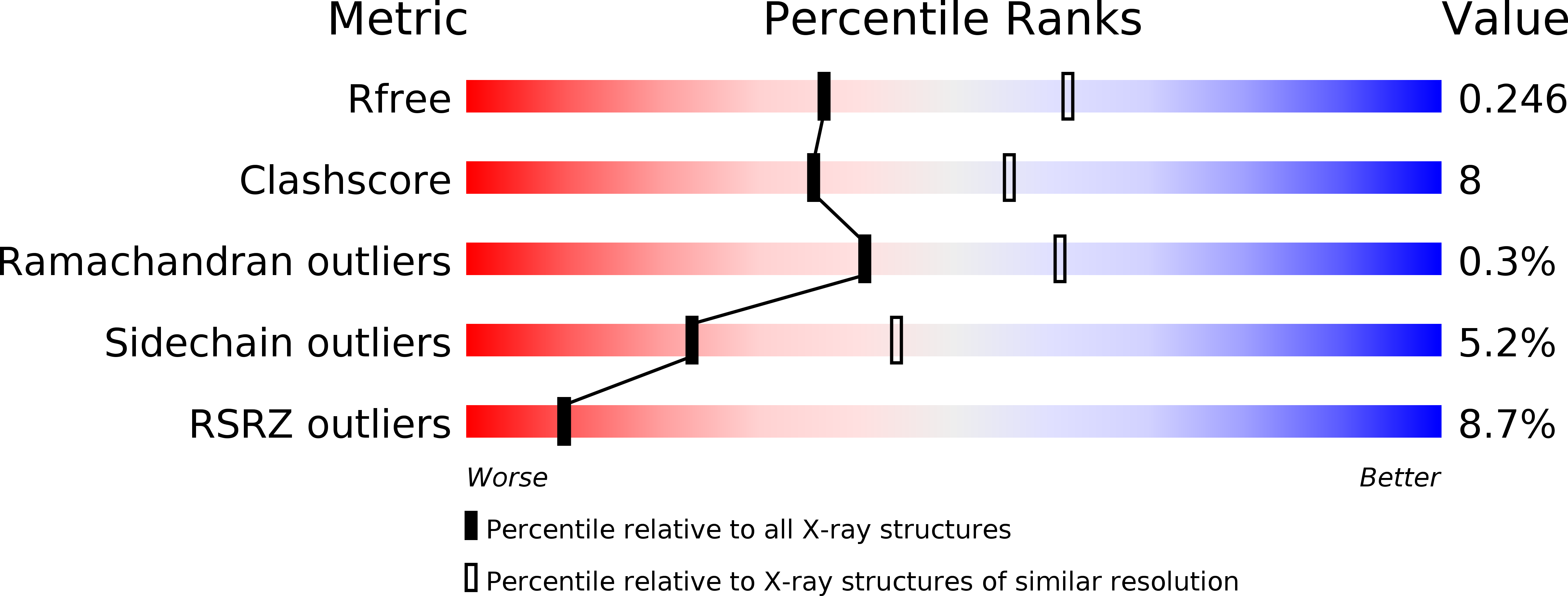
Deposition Date
2009-06-01
Release Date
2009-07-07
Last Version Date
2023-12-13
Entry Detail
PDB ID:
2WJY
Keywords:
Title:
Crystal structure of the complex between human nonsense mediated decay factors UPF1 and UPF2 Orthorhombic form
Biological Source:
Source Organism:
HOMO SAPIENS (Taxon ID: 9606)
Host Organism:
Method Details:
Experimental Method:
Resolution:
2.50 Å
R-Value Free:
0.24
R-Value Work:
0.19
R-Value Observed:
0.19
Space Group:
I 2 2 2


